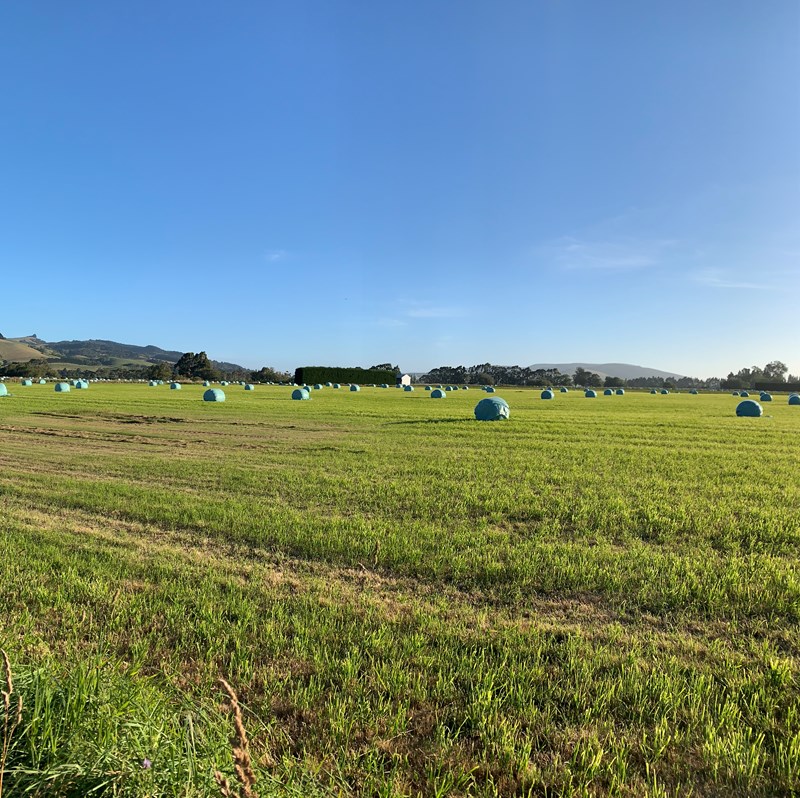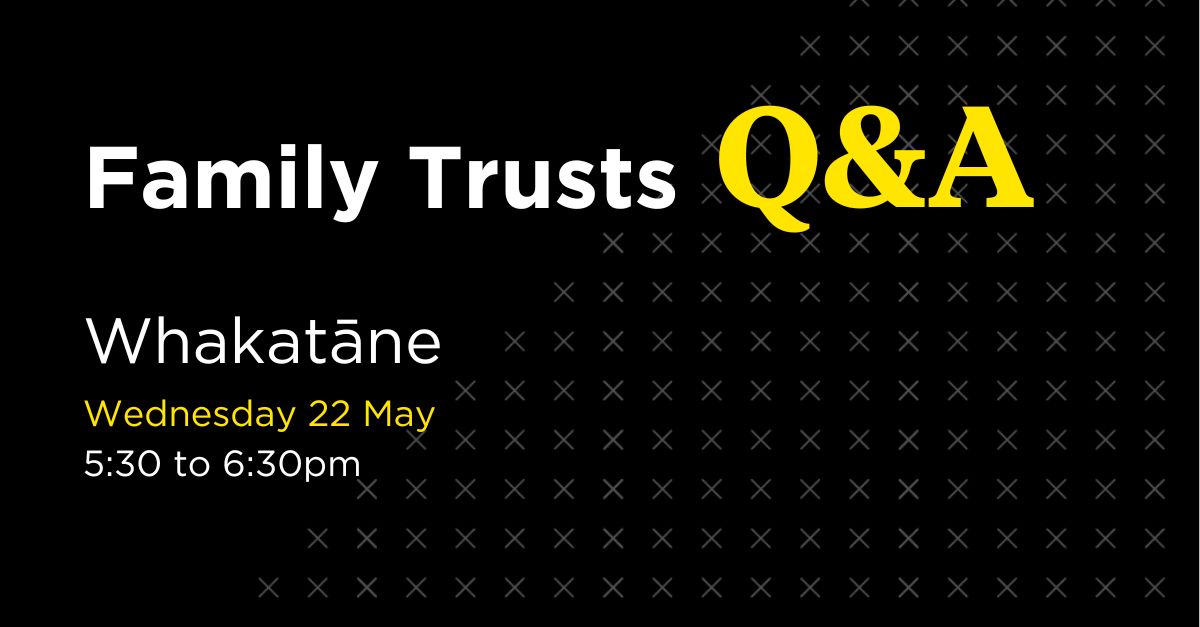The National Policy Statement for Highly Productive Land (NPS-HPL) has come out strongly in favour of protecting productive land and looks set to hold the line on this except in limited circumstances.
The NPS-HPL will sit alongside other national policy statements such as the National Policy Statement for Freshwater Management and the National Policy Statement on Urban Development. It will be transitioned into the two new Acts replacing the Resource Management Act 1991 – the Spatial Planning Act and the Natural and Built Environments Act.
For the primary sector, the NPS-HPL provides certainty into the future as it ensures that the most fertile and versatile land remains in the hands of farmers and growers and cannot be utilised for urban growth. For other sectors, the NPS-HPL will become a key consideration in consenting processes involving the rural environment.
The NPS-HPL takes effect from 17 October 2022 and requires local authorities to protect and manage HPL to secure its availability for growing vegetables, fruit and other primary production.
Regional councils must map HPL within the next three years in collaboration with territorial authorities and tangata whenua. The identification of HPL depends on the Land Use Capability (LUC) system, which classifies land in accordance with its capability to sustain productive use (with Class 1 being the most suitable). A New Zealand wide LUC map can be found here: https://ourenvironment.scinfo.org.nz/maps-and-tools/app/Land%20Capability/lri_luc_main.
In general, land will be mapped as HPL if it:
- Is in a general rural zone or rural production zone;
- Is predominantly LUC 1, 2, or 3 land;
- Forms a large and geographically cohesive area; and
- Is not identified for future development at 17 October 2022.
Until that mapping exercise is undertaken, land will be treated as HPL if it is zoned general rural or rural production and is LUC 1, 2 or 3 – unless it is identified for future urban development or subject to a notified plan change to rezone it to urban or rural lifestyle when the NPS-HPL comes into force.
The NPS-HPL then sets strict standards for how HPL can be used. Essentially, any rezoning, subdivision, or use or development of HPL must be avoided unless it can fit within one of the limited exceptions. For use and development, these exceptions include that the activity has a functional or operational need for the use or development to be on HPL and is associated with the maintenance, operation, upgrade, or expansion of specified infrastructure.
While “specified infrastructure” will encompass renewable electricity generation, there is notably no specific provision for the “construction” of this infrastructure, which means that the restrictions in the NPS-HPL will be a key consideration for developers of this infrastructure when selecting project sites.
The NPS-HPL can be found here: https://environment.govt.nz/publications/national-policy-statement-for-highly-productive-land/.
If you have any queries regarding the NPS-HPL and what this means for you or your business please do not hesitate to contact us.



